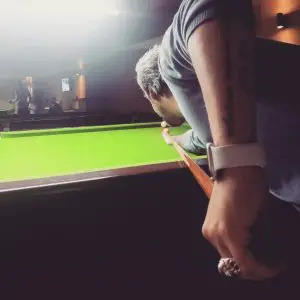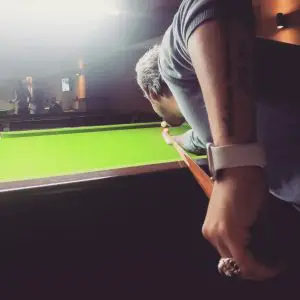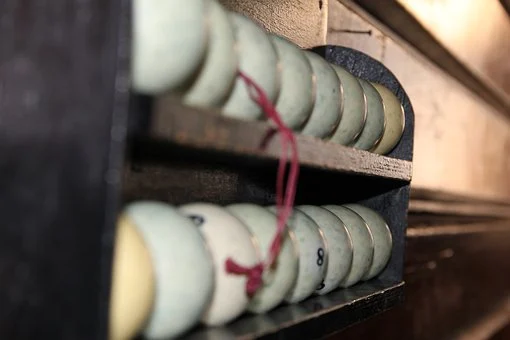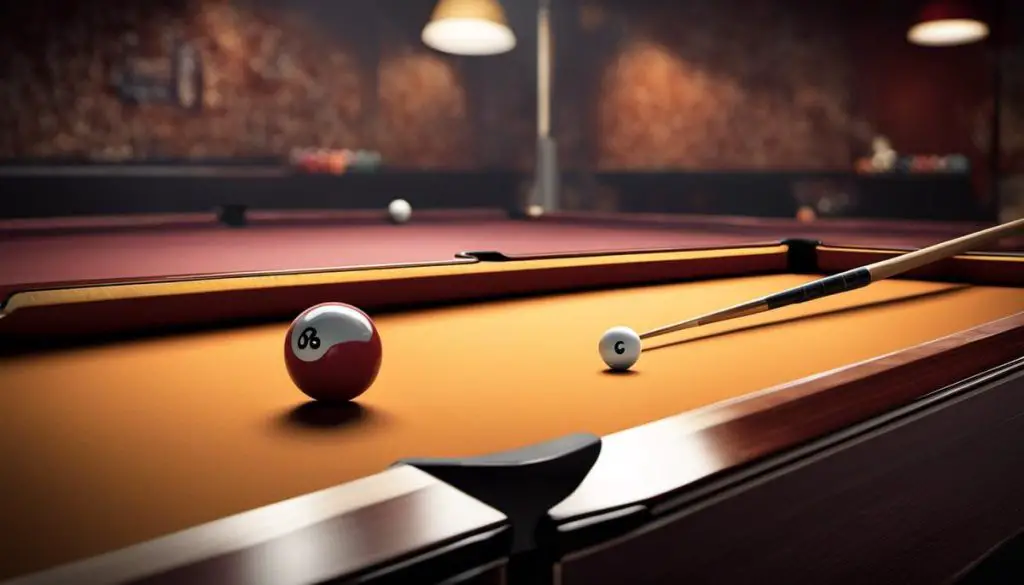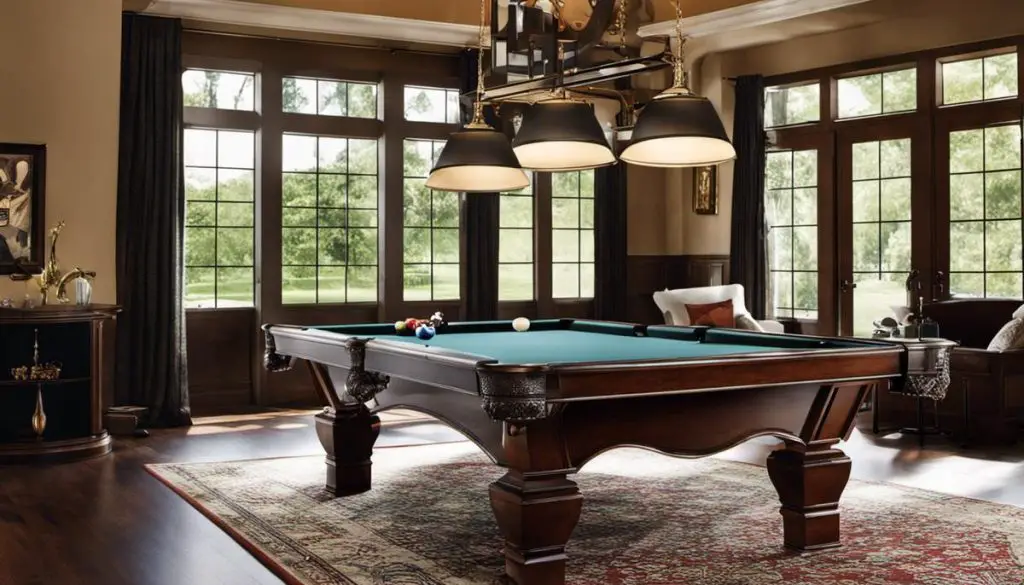Professional pool players have attempted a break shot using another cue stick in various billiard houses and at numerous pool competitions. You’ve attempted to make the same shot with your pool cue, but it’s been nearly impossible. A comparison and contrast of a break with a pool cue are provided.
A pool cue and a break cue are two very different things in many respects. Due to their shape, break cues have a thicker shaft and a shorter ferrule than pool cues. Break cues have more powerful tips than pool cues, but the tips of a pool cue are not as sharp.
I’ll go into greater depth on what I meant by the response I offered above.
Break Cue Vs Pool Cue

The parts and length of a pool cue and a break cue are nearly identical, although the player determines the length. Both cue sticks have the same tip, shaft, ferrule, butt, and joints, but the way they’ve been created may significantly impact how the game is played.
Although they have many similarities, they fulfill diverse needs. Pool cues are accessible to everyone, whereas break cues are not. I’ll explain the differences between the two billiards cues for you.
1. Tip
A cue tip may be soft or hard, depending on the preference of the brand and player. Soft tips are popular among players who frequently spin their cues since they can retain chalk for a long period. Cues with softer tips can better manage the ball than those with firm tips.
It wears out rapidly if a player can’t keep the ball’s center of balance in mind when playing with a soft tip cue. On the other hand, firm tip cues cannot be compared to the same degree. Hard tips are preferable to phenolic tips for breaking cues because they allow the balls on the table to move faster.
A firm-tipped cue is ideal for break shots since it can withstand the force of the shot. The tips are specifically built for break shots and last longer, and don’t hold chalk as effectively.
2. Ferrule
A small metal piece separates the cue stick’s tip from the shaft. It acts as the energy source for the tip and absorbs the impact when a shot is fired. Pool cues have ferrules that are generally 1 inch or longer in length when examined closely.
The maximum length of the ferrule used for break cues is 12 inches. The force required to make a successful break shot is one of the reasons for this. Linen is frequently used in constructing pool cue ferrules instead of carbon fiber on break cues.
3. Shaft
The shaft is the length of the cue stick from the ferrule to the butt. Without the use of force, balls can be pocketed on cue shafts. They are therefore not robust enough. Break cue shafts are favored by players who want to test their luck with break shots because they aren’t as strong as regular cue shafts.
Break cues have basically thicker shafts. You’ll be able to endure your power and maintain a solid grip while shooting break shots.
The shaft of a pool cue may wear down after using it for an extended time to hit break shots. You’re just employing your cue shaft for breaks if it’s in good condition.
4. Butt
The poop stick is over after this, and it’s time to call it a day! Different manufacturers and players have different preferences for the butt, so keep that in mind. They might be made of linen, rubber, or leather, depending on the type. Others do not come with a cover.
When you shoot, the butt doubles as an extra source of power. The various materials on the cue are intended to make shooting easier. It’s a pool cue with a linen butt used for taking light strokes.
A leather butt cue provides a more secure grip and greater power. For the same reason, break cues have larger butt ends than standard pool cues. Because a quick shot necessitates a longer stick, break cues are wider than pool cues.
These are generally 20-27oz, but the average pool cue weighs 18-21oz.
How Should You Hold A Break Cue In Comparison To A Basic Cue?

Grip, break cues, and pool cues are quite similar. You need to concentrate on your grip to get the most out of a break cue with a hard tip, short ferrule, and thick shaft and butt.
If you’re searching for advice on using a break cue, you’re also asking for recommendations on how to hold a regular pool cue. You must be at ease while gripping the cue, keeping your dominant hand at waist level. You should keep your thumb and finger firmly in place on the inside of the cue as you grip it.
When the cue is extended forward for a shot, the other hand on the pool table should maintain a solid grip on the tip. Maintain balance with your non-pool-playing hand while aiming by keeping the cue tip in the middle of the ball’s equilibrium.
When ready, use your whole hand and force a break shot by gripping the end firmly. Sweep the ball toward the rack during the shot.
You can obtain an accurate break shot by moving the brake cue ahead and back. If you need a break, swivel the ball toward the rack. Make sure your body is dropped before taking the shot to ensure that it is good.
Can You Use The Break Cue To Play Standard Pool?

If you want to improve your game or become a professional, you’ll need the break cue. Its main disadvantage is that it won’t be necessary for anything other than testing out a break shot with it.
Pool cues come in various shapes and sizes, each with its own unique set of purposes. Pool tables with racks require hard pool cue tips for break shots only because of their design. It can swiftly sweep a cue ball into a rack of balls due to its design, but it’s ineffective at spinning it.
A standard pool cue with a soft tip allows you to pocket more balls than a traditional break cue following a break shot. Chalked tips may assist you in performing spins on any table area, and they can hold more chalk. In break cues, shorter ferrules are employed that only allow for force generation.
Using a pool cue rather than a broken tip produces an excellent break shot. Regardless, the break cue is essential.
Conclusion
If you want to improve your pool game, you must be familiar with the various shaft thicknesses, extra traction, and tip hardness differences and make the most of them. Your break shots will also get better as your game improves.
Similar Articles You May Read:


